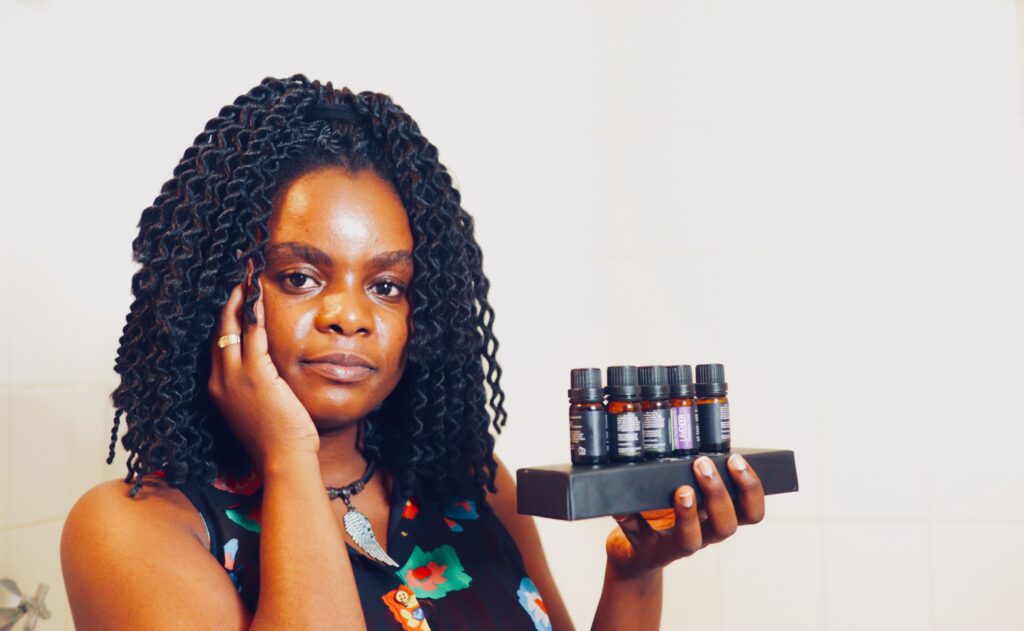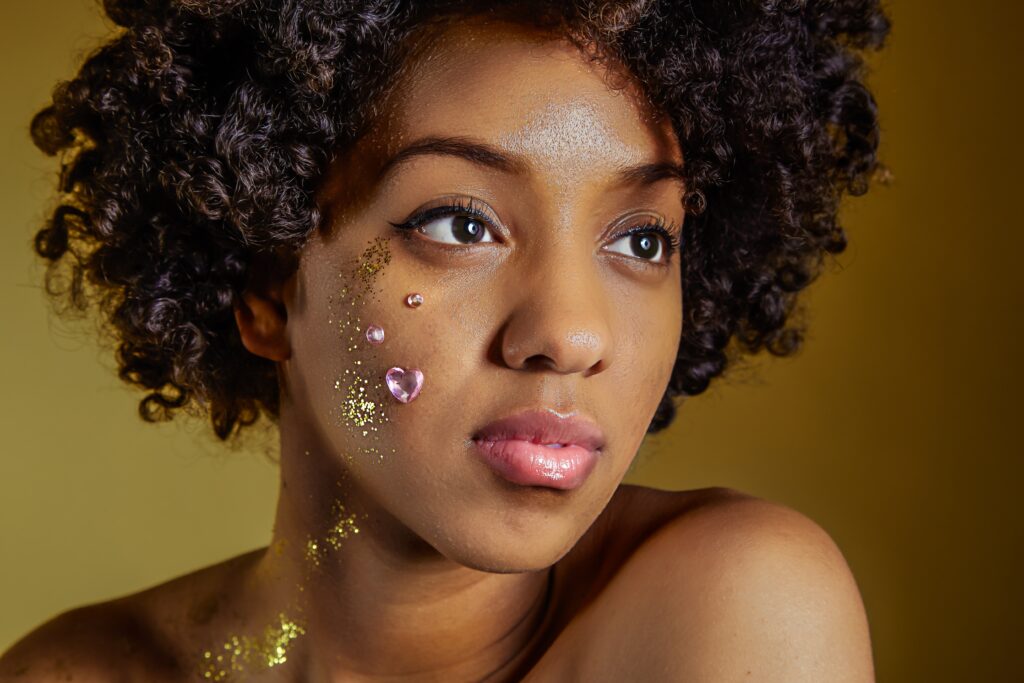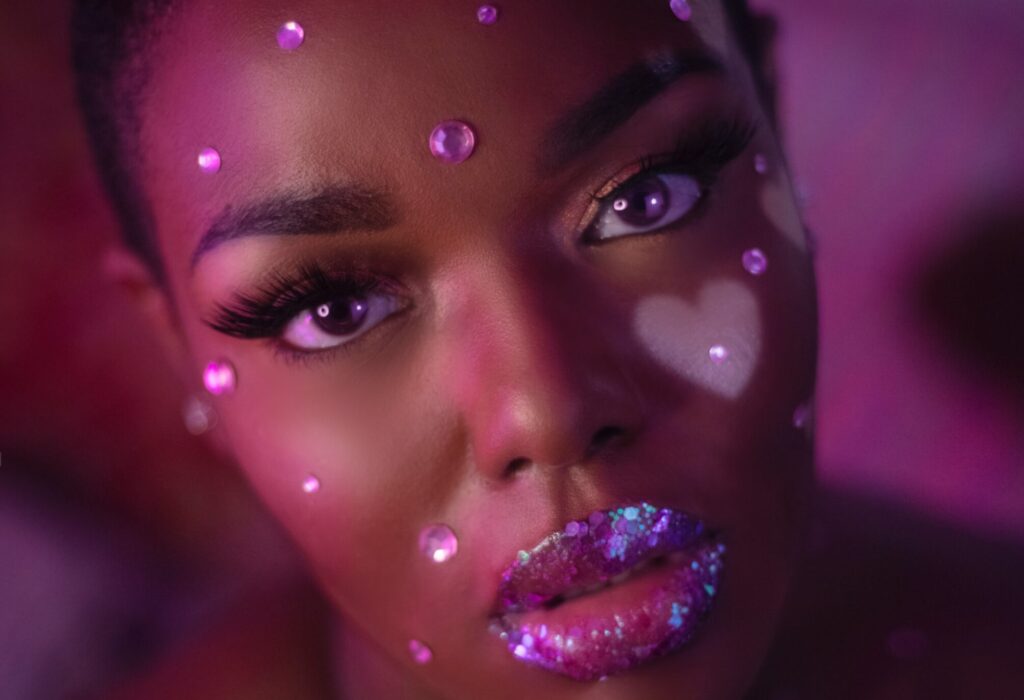Are you struggling to find the right makeup procedures and tips for your specific skin type? Look no further! In this comprehensive guide, we will walk you through the best techniques and recommendations for applying makeup based on your unique skin type. Whether you have dry, oily, combination, or sensitive skin, we’ve got you covered.
In this blog post, we will explain:
- How to Identify different skin types
- Makeup procedures and tips for oily skin
- Makeup procedures and tips for dry skin
- Makeup procedures and tips for combination skin
- Makeup procedures and tips for sensitive skin
- How to select the best foundation for your skin type
- Common makeup mistakes to avoid for each skin type
- Frequently asked questions on makeup for different skin types
How to Identify Different Skin Types
Before we dive into the makeup tips, it’s important to understand the different skin types and their characteristics. Knowing your skin type will help you choose the right products and techniques to achieve the best results.
1. Dry skin
Dry skin often feels tight, rough, and may have flaky patches. It lacks natural oils, which can make it prone to fine lines and wrinkles. To combat dryness, it’s important to keep your skin well-hydrated and moisturized.
2. Oily skin
Oily skin tends to produce excess sebum, resulting in a shiny, greasy appearance. It is more prone to acne and breakouts. Controlling shine and keeping makeup in place can be a challenge for those with oily skin.
3. Combination skin
Combination skin is a mix of dry and oily areas. Typically, the T-zone (forehead, nose, and chin) is oily, while the cheeks and other areas may be dry or normal. Balancing different areas of the face can be tricky when applying makeup.
4. Sensitive skin
Sensitive skin is easily irritated and reacts to certain ingredients or environmental factors. It may appear red, itchy, or feel tight. Using gentle, non-irritating products is crucial for those with sensitive skin.
Now that we have a better understanding of the different skin types, let’s move on to the specific makeup tips for each one.
Makeup Procedures and Tips for Oily Skin
Oily skin can be a challenge, as the excess oil can cause makeup to slide off quickly. However, with the right techniques and products, you can achieve a long-lasting, matte finish.
1. Prepping the skin
Start by cleansing your face with a gentle cleanser to remove any excess oil and dirt. Follow it up with an oil-free moisturizer to hydrate your skin without adding extra shine.
2. Primer is your best friend
Use a mattifying primer to create a smooth canvas for your makeup. It will help control oil and keep your foundation in place throughout the day.
3. Choose the right foundation
Opt for oil-free and non-comedogenic foundations that are specifically designed for oily skin. Look for keywords like “matte” or “oil-control” on the packaging. Applying a thin layer of foundation will prevent cakiness and provide a more natural finish.
4. Set it with powder
To further control shine, set your foundation with a translucent powder. Focus on the T-zone and areas that tend to get oily. Carry a compact powder with you for touch-ups during the day.
5. Avoid heavy, creamy products
Heavy, creamy products can clog pores and make your skin appear greasier. Instead, opt for lightweight, gel-based formulas for blush, bronzer, and highlighter.
Remember to blot excess oil throughout the day using oil-absorbing sheets or a clean tissue. Avoid touching your face too often, as it can transfer oil and disrupt your makeup.
Makeup Procedures and Tips for Dry Skin
Dry skin requires extra hydration and moisture to achieve a smooth, dewy finish. Here are some tips to help you create a flawless look.
1. Prepping the skin
Start by cleansing your face with a hydrating cleanser to remove any impurities. Follow it up with a rich moisturizer to nourish your skin and create a smooth base for your makeup.
2. Choose a hydrating foundation
Look for foundations that provide hydration and have a dewy or satin finish. Avoid matte or powder foundations, as they can accentuate dry patches. Consider using a tinted moisturizer or BB cream for a lighter coverage.
3. Use cream-based products
Cream-based blushes, bronzers, and highlighters work well for dry skin as they add a natural glow. Apply them with a damp sponge or your fingertips for a seamless blend.
4. Avoid setting powder
Setting powder can further dry out your skin and make it appear flaky. If you feel the need to set your makeup, use a hydrating mist or a setting spray instead.
5. Stay hydrated
Drink plenty of water throughout the day to keep your skin hydrated from within. This will help improve your overall skin texture and prevent dryness.
Makeup Procedures and Tips for Combination Skin
Combination skin can be challenging to work with since different areas require different treatments. Here’s how you can achieve a balanced look:
1. Prepping the skin
Cleanse your face with a gentle cleanser to remove any impurities. Follow it up with a lightweight moisturizer that caters to both dry and oily areas. Apply a mattifying primer on the T-zone to control shine.
2. Choose the right foundation
Look for a foundation that offers buildable coverage and a natural finish. Apply a thin layer all over your face and use a separate concealer for areas that need extra coverage.
3. Spot treat oily areas
If you have oily areas on your face, use a mattifying powder or blotting papers to absorb excess oil throughout the day. Avoid applying heavy layers of foundation to those areas, as it can result in a cakey appearance.
4. Hydrate dry areas
For dry areas, use a hydrating mist or a lightweight moisturizer to add moisture and prevent flakiness. Avoid using too much powder, as it can further emphasize dryness.
Makeup Procedures and Tips for Sensitive Skin
Having sensitive skin requires extra care when choosing makeup products. Here are some tips to keep in mind:
1. Patch test new products
Before applying any new product to your face, do a patch test on a small area of your skin to check for any allergic reactions or irritation.
2. Look for gentle, fragrance-free formulas
Opt for makeup products that are specifically formulated for sensitive skin. Look for keywords like “hypoallergenic,” “fragrance-free,” and “non-comedogenic.” Avoid products that contain alcohol or harsh chemicals.
3. Simplify your routine
Keep your makeup routine simple and minimal. Use a lightweight foundation or a tinted moisturizer, and skip heavy powders or excessive layering.
4. Remove makeup gently
When removing your makeup, use gentle, fragrance-free cleansing wipes or micellar water. Avoid scrubbing or using harsh cleansers that can irritate your skin.
How to Select the Best Foundation for Your Skin Type
Choosing the right foundation is crucial to achieving a flawless makeup look. Here are some tips to help you find the perfect match for your skin type:
1. Best foundation for Dry skin
Look for foundations with hydrating ingredients like hyaluronic acid or glycerin. Avoid matte or powder foundations, as they can accentuate dryness.
2. Best foundation for Oily skin
Go for oil-free, matte, and long-lasting foundations that control shine. Look for keywords like “oil-control” or “mattifying” on the packaging.
3. Best foundation for Combination skin
Choose foundations that offer buildable coverage and have a natural finish. Consider using a separate concealer for specific areas that need extra coverage.
4. Best foundation for Sensitive skin
Look for foundations specifically formulated for sensitive skin. Go for fragrance-free, hypoallergenic, and non-irritating formulas.
Remember to test the foundation on your jawline or wrist to ensure it matches your skin tone before purchasing.
Common Makeup Mistakes to Avoid for Each Skin Type
To achieve a flawless makeup look, it’s important to avoid common mistakes that can negatively impact your skin. Here are some tips to keep in mind for each skin type:
1. Dry skin
- Avoid using heavy powders that can emphasize dryness
- Don’t skip moisturizer before applying makeup
- Choose hydrating formulas for foundation and concealer
2. Oily skin
- Avoid using heavy, creamy products that can clog pores
- Don’t skip primer to control shine
- Blot excess oil throughout the day instead of adding more powder
3. Combination skin
- Don’t overuse powder on dry areas, as it can accentuate dryness
- Avoid using heavy foundation on oily areas
- Balancing is key – use different products for different areas of your face
4. Sensitive skin
- Avoid products with harsh ingredients or fragrances
- Don’t forget to patch-test new products before applying them to your face
- Opt for gentle, non-irritating formulas
Frequently Asked Questions on Makeup for Different Skin Types
1. What are the 7 skin types?
There isn’t a universally agreed-upon classification of seven distinct skin types. However, the commonly recognized skin types include oily, dry, combination, sensitive, normal, mature, and acne-prone. Understanding your specific skin type is crucial for tailoring your makeup routine effectively.
2. How do I know my skin type for makeup?
Determining your skin type involves observing factors such as oiliness, dryness, and sensitivity. You can know your skin type by consulting a skincare professional. You can also identify it yourself by:
- Paying attention to how your skin feels throughout the day
- Conducting a patch test with various products
Knowing your skin type guides you in selecting the right makeup products and techniques.
3. What are the 4 main skin types?
The four main skin types are oily, dry, combination, and sensitive. Each type requires specific considerations in terms of skincare and makeup application.
4. What is the correct order for makeup?
The correct order for makeup application typically follows these steps:
- Skincare Prep: Cleanse, tone, and moisturize.
- Primer: Enhances makeup longevity and smooths the skin’s surface.
- Foundation: Matches your skin tone and provides an even base.
- Concealer: Covers blemishes and brightens specific areas.
- Powder: Sets foundation and controls shine.
- Eye Makeup: Eyeshadow, eyeliner, and mascara.
- Blush and Bronzer: Adds warmth and dimension to the face.
- Lips: Lip liner, lipstick, or lip gloss.
5. What is CTM Before Makeup?
CTM stands for Cleansing, Toning, and Moisturizing. This skincare routine is essential before applying makeup. Cleansing removes impurities, toning balances the skin’s pH, and moisturizing provides hydration. Using CTM in your routine helps achieve a flawless makeup look.
Conclusion
Knowing your skin type is the first step to a flawless makeup. Whether you have dry, oily, combination, or sensitive skin, there are specific techniques and products that can enhance your natural beauty. Remember to prep your skin properly, choose the right foundation, and follow a suitable skincare routine for your skin type.
At Classic Makeup USA, we’re familiar with Nigerian skin tones, weather, and the diverse beauty that defines you. Whether your skin is normal, oily, dry, combinative or sensitive; our makeup services, training, and products are crafted just for you.









